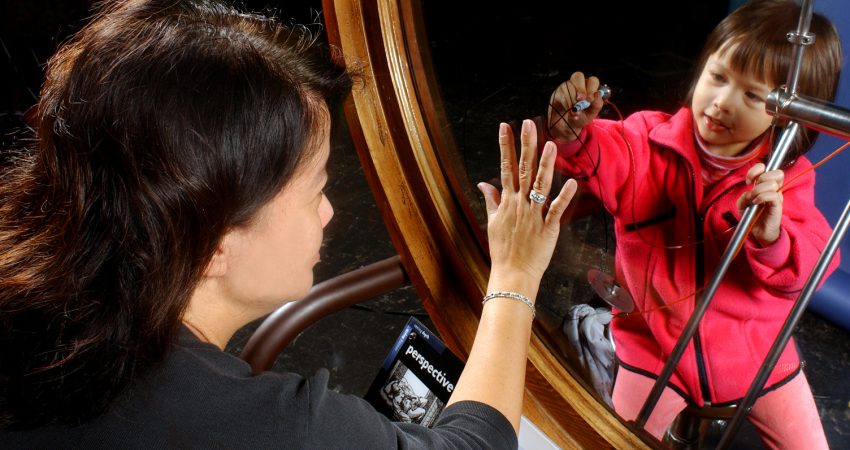
By Suzanne Perin - March 2011
PAPER CITATION
Szechter, L. E., & Carey, E. J. (2009). Gravitating toward science: Parent-child interactions at a gravitational-wave observatory. Science Education, 93(5), 846–858.
This study looks at how characteristics of parent-child dyads, in combination with exhibit qualities, contribute to their interactions in a science center. Parent schooling, parent and child attitudes toward science, and the type of activity supported at the exhibits play a role in how they interact together. For ISE professionals, this study shows that parents exert a great deal of influence over what and how their children feel and learn about science. It also shows that parents who are well-educated and perhaps more inclined to have positive attitudes about science are able to support their children's science learning. Furthermore, this means that there may be particular need for less well-educated parents to have support and confidence-building in guiding their children in science activities.
For this research study, 20 families with children aged 5–13 were recruited to spend time at a science center adjoining a gravitational-wave observation facility. One parent and one child from each family were videotaped and audiotaped during their visit and completed surveys before and after their visit. The pre-visit survey, Attitudes Towards Science Survey, gave 15 statements about the people who practice science, its utility, one’s personal interest/investment in science, and the process of doing science, to which participants responded on a 7-point scale ranging from 1 (mostly disagree) to 7 (mostly agree). The concluding survey asked parents about their formal schooling and use of informal learning settings, such as museums. Exhibits were divided into two groups: those characteristic of APE (Active Prolonged Engagement), which support experimentation and choice, or those characterized as non-APE, which demonstrate phenomenon in a single way.
Parents described evidence, gave directions, provided explanations, made emotional (affective) connections, encouraged recall of prior experiences, and, rarely, elicited predictions from their children. At exhibits designated as APE, dyads spent more time, parents elicited predictions more often, and children described evidence and gave direction more often than at non-APE exhibits. Beyond characteristics of exhibits, the findings of the study indicate that parent’s level of schooling correlated to how long they spent in the exhibit hall and how often they linked present activity to past experiences. Also, the higher a parent’s positive attitude score on the survey, the greater proportion of exhibits the dyads visited in the exhibit hall. The children’s positive attitude toward science in this study tended to be lower with the older children, indicating that ISE professionals have more of a challenge in fostering positive attitudes toward science with older children.
For more on the Attitudes Towards Science Survey used in this article, see Szechter, L. E. (2008). A multidimensional measure of attitudes toward science. Manuscript in preparation.
For more about Active Prolonged Engagement (APE) exhibits, see Humphrey, T., Gutwill, J. P., & The Exploratorium APE Team. (2005). Fostering active prolonged engagement: The art of creating APE exhibits. Walnut Creek, CA: Left Coast Press.




